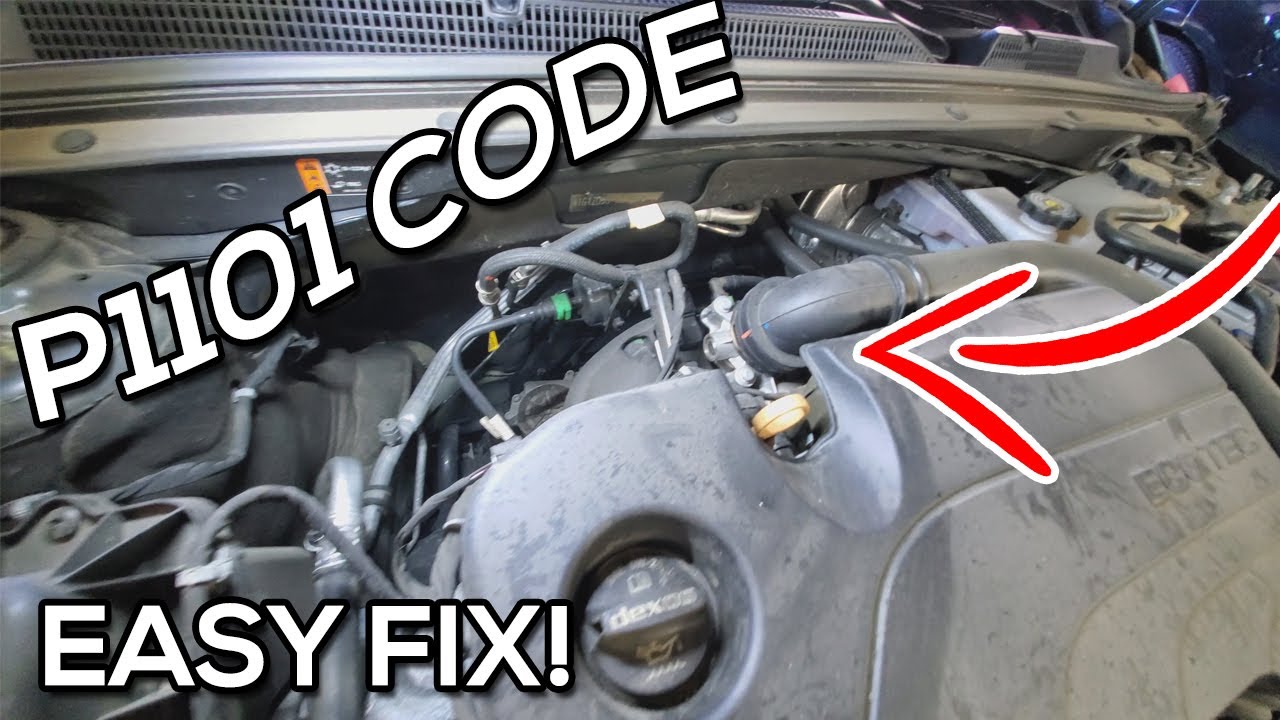Decoding the U1000 Code in Chevrolet: A Mechanic's Guide

Welcome to Club Chevy, your go-to destination for all things related to Chevy model cars and car mechanics! In this article, we will be diving into the world of car diagnostics as we explore the U1000 code in Chevrolet vehicles. The U1000 code is a common issue that Chevy owners may encounter, and understanding its meaning and implications is crucial for maintaining optimal performance. So, buckle up and get ready to unravel the mysteries behind the U1000 code in your beloved Chevy ride. Let's hit the road to knowledge and empower ourselves as Chevy enthusiasts!
- Understanding the U1000 Code in Chevrolet Vehicles
-
Frequently Asked Questions from Car Fans
- What does the U1000 code mean in a Chevrolet vehicle?
- How can I diagnose and fix the U1000 code in my Chevy car?
- Are there any common issues that can trigger the U1000 code in Chevy models?
- Can a faulty sensor or module cause the U1000 code in a Chevrolet vehicle?
- Is it safe to continue driving with the U1000 code illuminated on my Chevy car's dashboard?
Understanding the U1000 Code in Chevrolet Vehicles
What is the U1000 code in Chevrolet vehicles?
The U1000 code is a diagnostic trouble code that is commonly found in Chevrolet vehicles. It indicates a communication problem between various control modules in the vehicle's network. This code is often associated with issues in the vehicle's electrical system or wiring.
Causes of the U1000 code
There are several potential causes for the U1000 code in Chevrolet vehicles. Some common causes include problems with the CAN (Controller Area Network) bus, loose or corroded connections, faulty control modules, or damaged wiring harnesses. It is important to thoroughly diagnose the issue to determine the exact cause and address it accordingly.
Symptoms of the U1000 code
When the U1000 code is present in a Chevrolet vehicle, there may be various symptoms experienced by the driver. These can include intermittent or complete loss of certain systems such as power windows, door locks, or even the engine itself. The vehicle may also experience issues with starting, stalling, or rough idling. Additionally, warning lights such as the Check Engine Light may illuminate on the dashboard.
Diagnosing and fixing the U1000 code
Diagnosing and fixing the U1000 code in Chevrolet vehicles often requires the use of specialized diagnostic tools and equipment. A professional mechanic should perform a thorough inspection of the vehicle's electrical system, including checking for loose or damaged connections, inspecting control modules, and testing the wiring harnesses. Once the root cause of the issue is identified, appropriate repairs or replacements can be made to resolve the U1000 code and restore proper functionality to the vehicle.
Remember, if you encounter the U1000 code in your Chevrolet vehicle, it is important to seek professional assistance to ensure accurate diagnosis and effective repairs.
Frequently Asked Questions from Car Fans
What does the U1000 code mean in a Chevrolet vehicle?
The U1000 code in a Chevrolet vehicle refers to a communication error between the vehicle's control modules.
How can I diagnose and fix the U1000 code in my Chevy car?
The U1000 code in a Chevy car indicates a communication problem between modules in the vehicle's network. To diagnose and fix this issue, you can start by checking for loose or damaged wiring connections, inspecting the CAN bus system, and scanning the various modules for any related trouble codes. If the problem persists, it is recommended to consult a professional mechanic or use specialized diagnostic tools to further investigate and resolve the U1000 code.
Are there any common issues that can trigger the U1000 code in Chevy models?
Yes, there are several common issues that can trigger the U1000 code in Chevy models. These include problems with the vehicle's network communication, such as a faulty CAN bus or wiring issues. Other potential causes could be a malfunctioning control module, a defective sensor, or a software glitch. It is important to diagnose the specific issue to accurately resolve the U1000 code.
Can a faulty sensor or module cause the U1000 code in a Chevrolet vehicle?
Yes, a faulty sensor or module can cause the U1000 code in a Chevrolet vehicle.
Is it safe to continue driving with the U1000 code illuminated on my Chevy car's dashboard?
No, it is not safe to continue driving with the U1000 code illuminated on your Chevy car's dashboard.
In conclusion, the U1000 code in Chevrolet vehicles is a crucial diagnostic tool for identifying communication failures between modules. It serves as a valuable resource for car mechanics and enthusiasts who are passionate about maintaining Chevy model cars. By understanding the significance of this code and its implications, we can effectively troubleshoot and resolve any issues that may arise. Remember to always consult the vehicle's service manual and utilize advanced diagnostic equipment to accurately diagnose and repair the problem. Stay tuned to our magazine for more insightful articles on Chevy model cars and car mechanics!

If you want to know other articles similar to Decoding the U1000 Code in Chevrolet: A Mechanic's Guide you can visit the category Automotive Mechanics.
